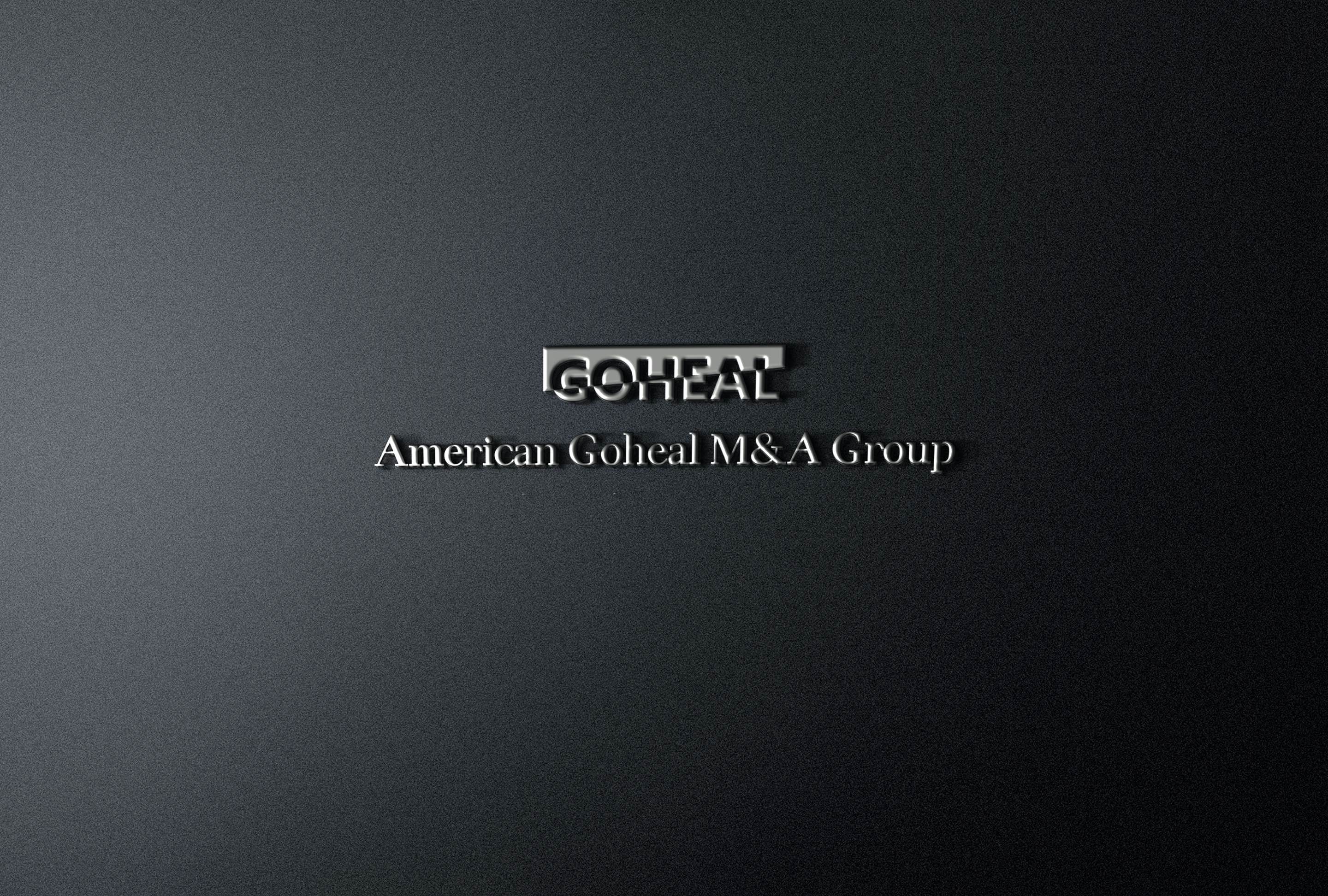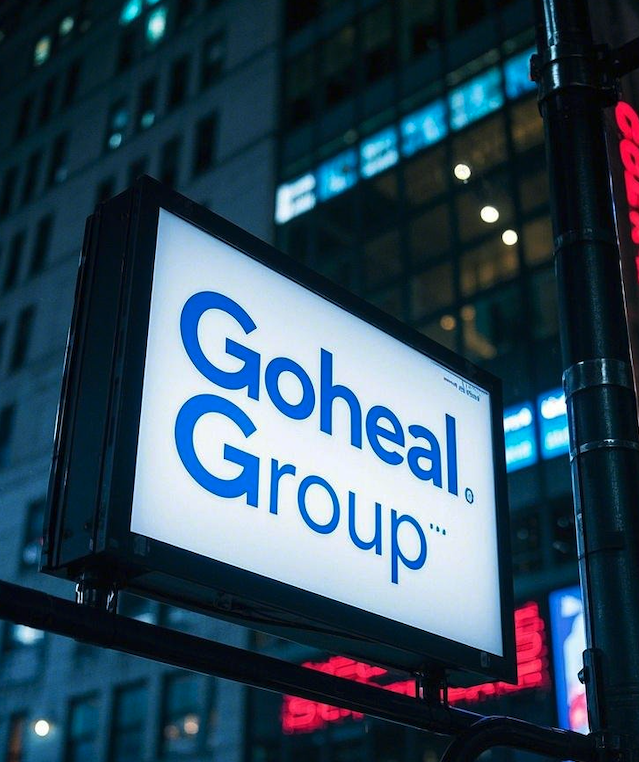"When the water is full, it overflows; when the moon is full, it wanes." In the capital market, this old saying is more true than anywhere else. When listed companies do capital operation, it is like walking on a tightrope at high altitude. On one side is the dream of incentive mechanism, and on the other side is the abyss of blood transfusion addiction. If you are not careful, you will slide from "making market value" to "making illusions", from "incentive" to "blood transfusion". Just when the thirst of management is quenched, the company's blood is drained.
Especially in the past two years, supervision has been tightened, information disclosure has been transparent, and capital stories that are not well told have become "negative teaching materials". Many CEOs of listed companies have begun to complain: "It's not that we don't work hard, but KPI forces us to go to the sky." But when capital operation becomes a short-sighted assessment tool, corporate value may become an illusion.

American Goheal M&A Group
Goheal has seen all this. As a practical expert in the field of mergers and acquisitions, restructuring and capital operation, we have witnessed more than once how "incentive" plans have become "blood transfusion" plans, and how dreams have been drained in the uncontrolled structural design. Today, Goheal wants to unveil the "balancing act" behind these capital operations with you - a delicate job that is no less than the traditional Chinese medicine.
1. Market value management = panacea? Don't take burning money as efficacy
Let's first talk about a classic "lost case".
A listed company introduced a high-value equity incentive plan, promising to double its net profit in the next three years and tied it to the performance evaluation of management. As a result, the first year of performance began to be changed, "stripping loss-making businesses + consolidating high-growth subsidiaries + government subsidies to recognize profits" three axes came out at the same time, and the KPI was as beautiful as a resume that had been photoshopped. The secondary market was excited and the market value doubled at one time.
But soon in the second year, the net profit was exposed, and the incentive target became a fatigue battle of "using financial skills to carry indicators". In the end, the company's cash flow was broken, the executive incentives were fulfilled, and investors lost all their money.
This kind of "incentive imbalance" is not an isolated case. Goheal found in analyzing the capital operation cases of A-shares in the past five years that once market value management is tied to short-term KPIs, the incentive mechanism can easily be alienated into a "radical mechanism." Financial indicators are compressed into a string of beautiful numbers, rather than truly reflecting the process of corporate value creation.
We call it "capital mismatch incentive syndrome" - a disease that is easily confused by capital stories.
2. Why is "incentive not blood transfusion"? Structural design is the key
The original intention of incentives is to make "key people" become "partners". But many times, what we see is that "reward people" become "cash-out people". The root cause is that the capital structure is not well designed, and the incentives are turned into bottomless blood transfusions.
Let's take an example of the "control group".
There is a technology listed company that originally planned to set up option incentives for the core technical team, but after Goheal intervened, it suggested that they abandon the one-time grant and aggressive exercise model, and switch to batch grants and phased unlocking, and the exercise price is anchored to the "industry average PE level" rather than the "static target price". As a result, after two years, not only the team is stable, the performance is steadily improved, and the capital market has also given positive feedback.
In simple terms, a good incentive plan should follow the "three good principles":
Select the incentive targets well: key positions + business backbones, not "all-staff movement";
The incentive mechanism is well-built: there are both short-term goals and medium- and long-term traction;
The incentive rhythm is well-controlled: don't take too big steps, otherwise you will pull your pants.
We often joke with customers: "Equity incentives are not the God of Wealth, but time bombs." If they are not designed well, the health of the company's own equity will be hurt in the end.
3. Equity incentives vs. employee stock ownership plans: Don't confuse them
Another big misunderstanding in the capital market is to confuse "equity incentives" with "employee stock ownership", which neither inspires motivation nor stabilizes people's hearts.
The former emphasizes "focusing on strugglers", while the latter is more like a "financial investment placebo". In actual cases, Goheal found that many employee stock ownership plans have become "cut-meat-style new listings" - employees pay money to subscribe to company stocks, but the stock price rises and then falls, and they are trapped, and the resentment value explodes.
A good employee stock ownership plan should first match the risk tolerance of employees, and secondly, reasonably design an exit mechanism, rather than just drawing cakes without leaving a way out. The most important thing is to have a clear "capital operation package", such as dividend policy, stock repurchase plan, etc., to establish a real "income closed loop", rather than a one-time "pull people on board".
4. Who is paying for the incentives? Don't let investors "take the last baton"
The capital market is not short of stories, but investors lack "endings". Too many times, listed companies tell a good story with high valuations, internal executives cash out, and external investors become "guards".
Especially behind the operations of mergers and acquisitions, high transfers, and fixed increases, if there is no supporting interest mechanism to protect the original shareholders, the so-called incentive mechanism may eventually be just a "dividend plan for the controlling shareholder".
In a typical case, a listed environmental protection company completed a round of large-scale asset injection through "mergers + high premiums + performance betting". Performance soared in the short term, but three years later, performance compensation did not meet the standards, the compensation assets had already been impaired, the original shareholders' market value was halved, and executives had already sold off their holdings at high positions.
We conclude that the incentive mechanism must be embedded in long-term interest binding, and it cannot just be called "win-win" in the name of "you win, I go".
Goheal has helped customers avoid the trap of the "last stick" of the incentive plan from the source through a combination of betting compensation + lock-up period + repurchase clauses in many M&A projects.
5. The essence of the balancing act: capital is not a panacea, but warm water
The four words "capital operation" should not be a panacea, let alone a synonym for short-term KPI.
It is part of the strategic transformation of the enterprise and a reinforcing agent for organizational vitality, but it has never been a substitute. If you only look at the short-term valuation improvement and ignore the long-term value precipitation, the result is often "surface spring breeze, but actually blood loss".
Goheal always emphasizes: "Capital operation is a slow variable management art." It pays attention to time compounding, organizational governance, and the dynamic balance between "value discovery" and "value realization".
We believe that a truly successful incentive mechanism should have the following three things in place:
Governance structure: clear responsibilities and powers for senior executives;
Incentive tools: options, restricted equity, and virtual equity should be carefully matched;
Value measurement: non-financial indicators should also be included in the assessment, such as customer satisfaction, research and development results, etc.
Only in this way can capital operation not become a "blood transfusion ritual" but truly become a driver of value growth.
6. Thoughts for us
Recently, a well-known A-share company has just announced a large-scale equity incentive plan, and at the same time, it was reported that the actual controller's high proportion of pledges has not been unfrozen. The market is full of doubts: Is this an incentive, or self-help? Is it value anchoring, or another "market value illusion"?

Goheal Group
In your opinion, does the current equity incentive mechanism in the A-share market bring more motivation, or has it become a routine? Have you seen a real case of "incentives turning into blood transfusions"? Welcome to share your views in the message area and let's discuss it together.
Welcome to like, forward, and comment, so that more people can see the capital logic behind the incentives. ——Goheal is willing to work with you to build a stable capital operation ecosystem.
【About Goheal】Goheal is a leading investment holding company focusing on global M&A holdings. It has been deeply engaged in the three core business areas of acquisition of listed company control, M&A and restructuring of listed companies, and capital operation of listed companies. With its profound professional strength and rich experience, it provides enterprises with full life cycle services from M&A to restructuring and then to capital operation, aiming to maximize corporate value and achieve long-term benefit growth.